Theodore Luqueer Mead (February 23, 1852 – May 4, 1936) was an important American naturalist, entomologist and horticulturist. As an entomologist he discovered more than 20 new species of North American butterflies and introduced the Florissant Fossil Beds in Colorado to the wider scientific world. As a horticulturist, he is best known for his pioneering work on the growing and cross-breeding of orchids, and the creation of new forms of caladium, bromeliad, crinum, amaryllis and hemerocallis (daylily). In addition he introduced many new semi-tropical plants, particularly palm varieties, into North America.
Horticulture in Florida
Mead had first visited Florida in 1869 on a butterfly collecting trip, where he had successfully captured his rarest specimen near Enterprise – a female of Papilio calverleyi; only one other specimen of that type had ever been found before.[1] He considered the climate there ideal for the growing of semi-tropical plants, so after marriage he moved to Eustis, Florida where his father had bought him an orange grove and land to develop and grow other plants. Income would come from citrus and the growing of other cash crops such as pineapples, leaving time for his experiments in horticulture. In 1886 he purchased eighty-five acres in Oviedo, Florida, close to Lake Charm where orange grove land was more fertile, choosing a location next to Edith’s aunt Mary. She had previously married Dr. Henry Foster owner of the Clifton Springs Sanitarium in New York State, and the couple were winter visitors to the Lake Charm area.
At Lake Charm Mead grew many palms from seed and hybridized orchids, bromeliads, crinum and later, caladium, amaryllis and daylilies. He established a strong friendship with Henry Nehrling of Gotha, Florida with whom he collaborated on many plant experiments.
Citrus in central Florida did well until the Great Freeze of 1894-5. Many growers abandoned their groves entirely, but Mead recognized that below ground artesian water at a constant 70 degrees might provide relief from frost and allow citrus trees to survive freezing temperatures. His engineering background led him to postulate that overhead water irrigation of the trees hanging with fruit could keep the fruit protected from damage at 32° within an ice cocoon regardless of how low the mercury fell. He successfully covered an acre of oranges, installed a pump and irrigation system, and proved the concept, the first known description[13] of a technique still used today.




